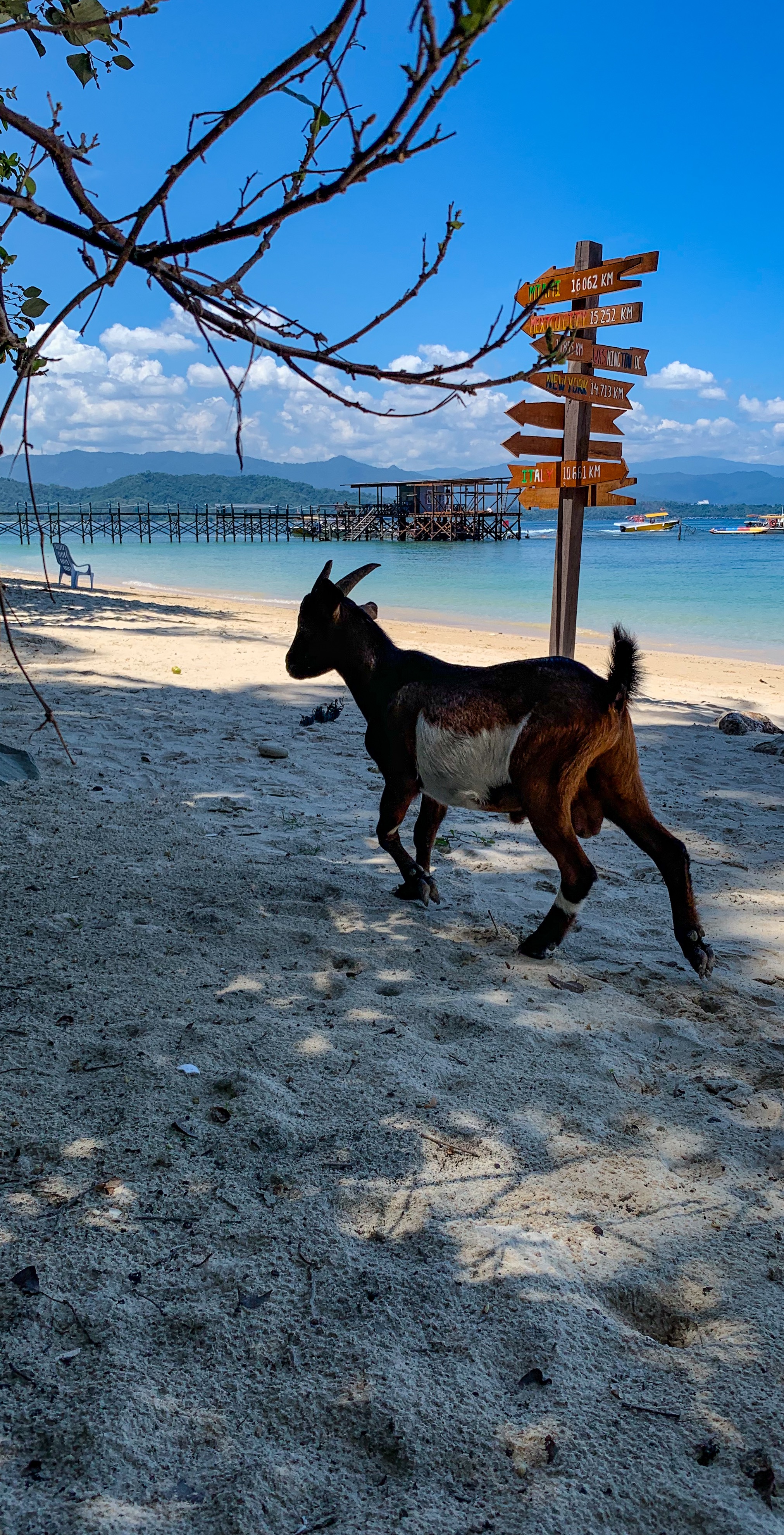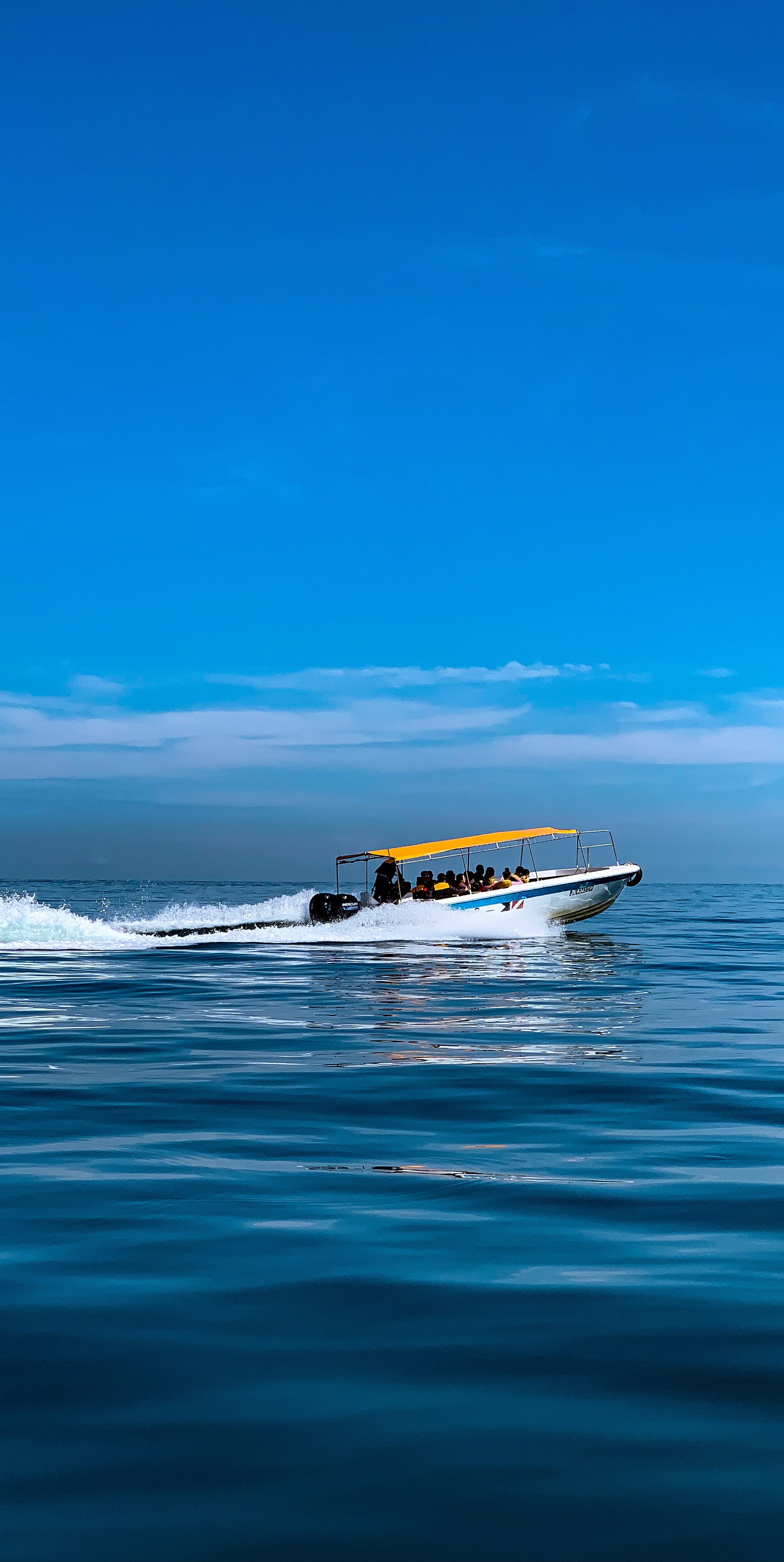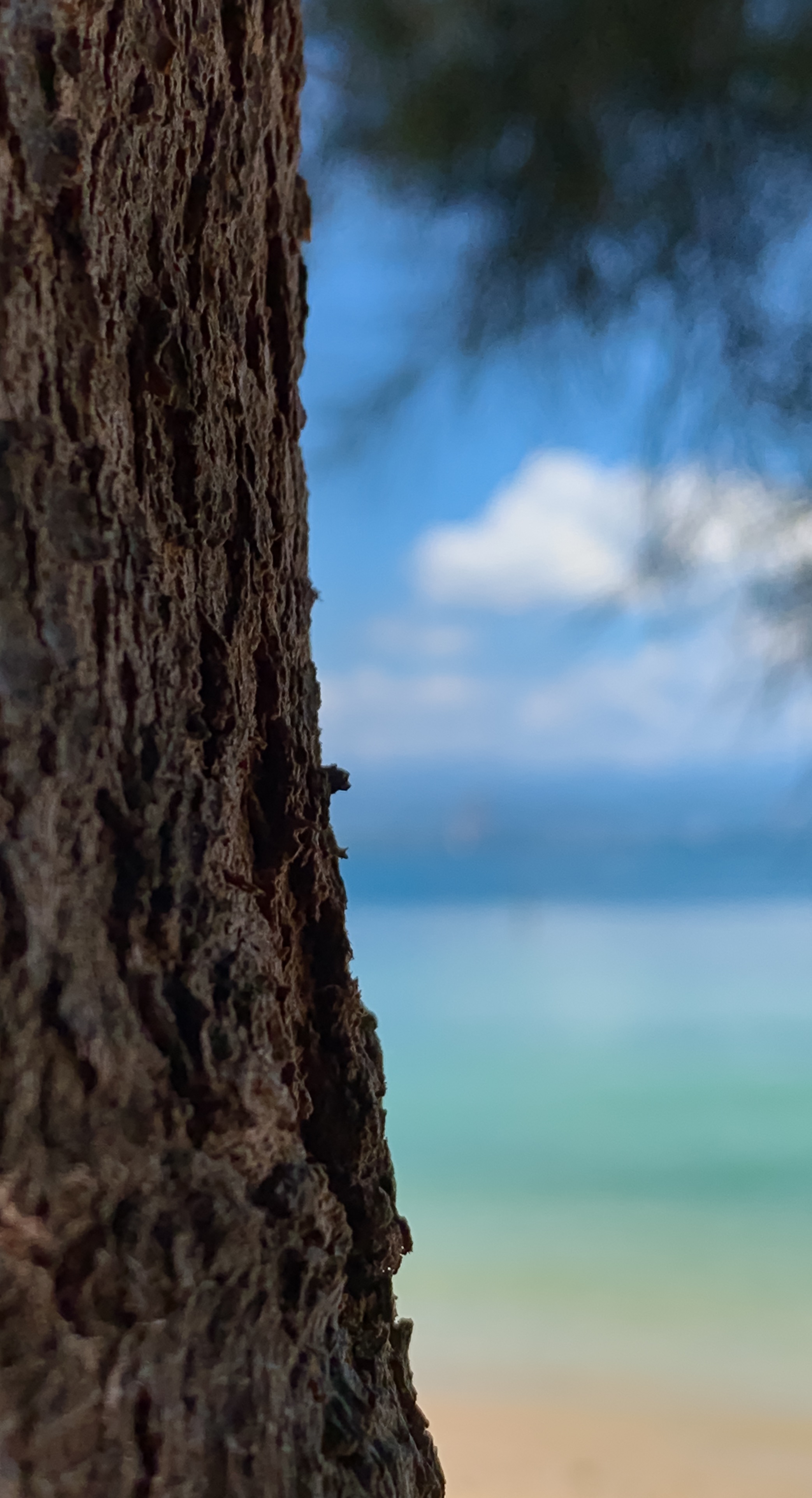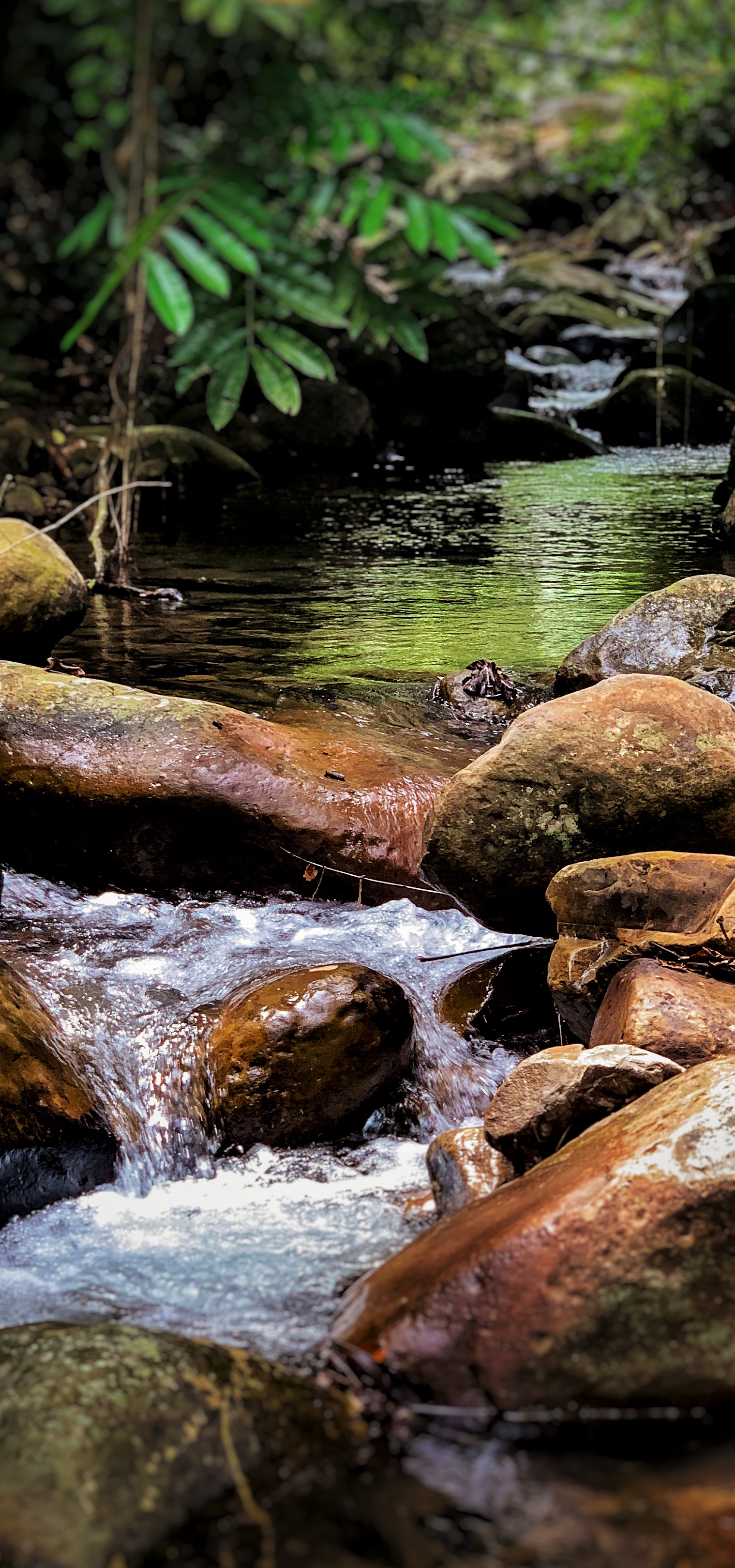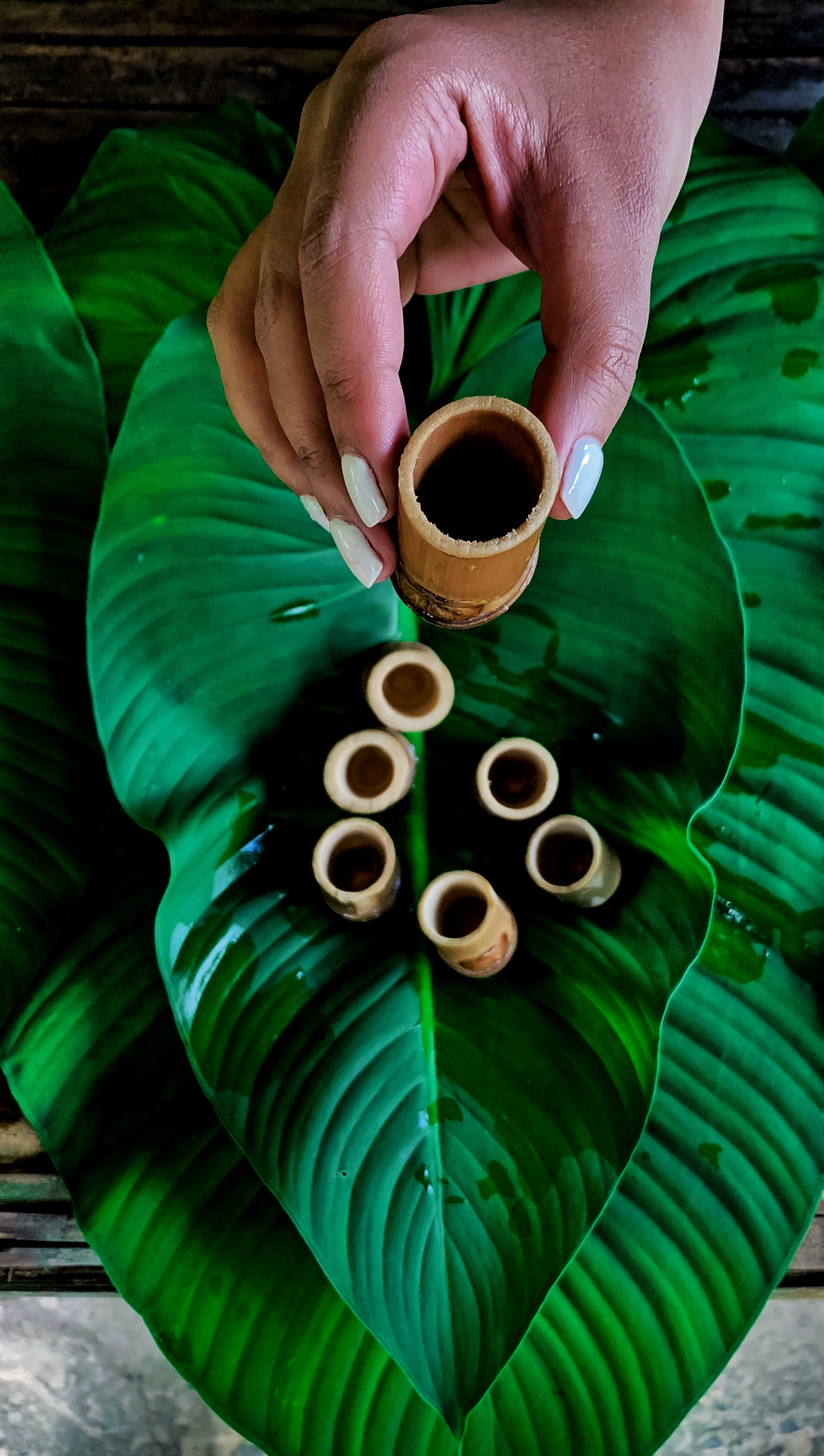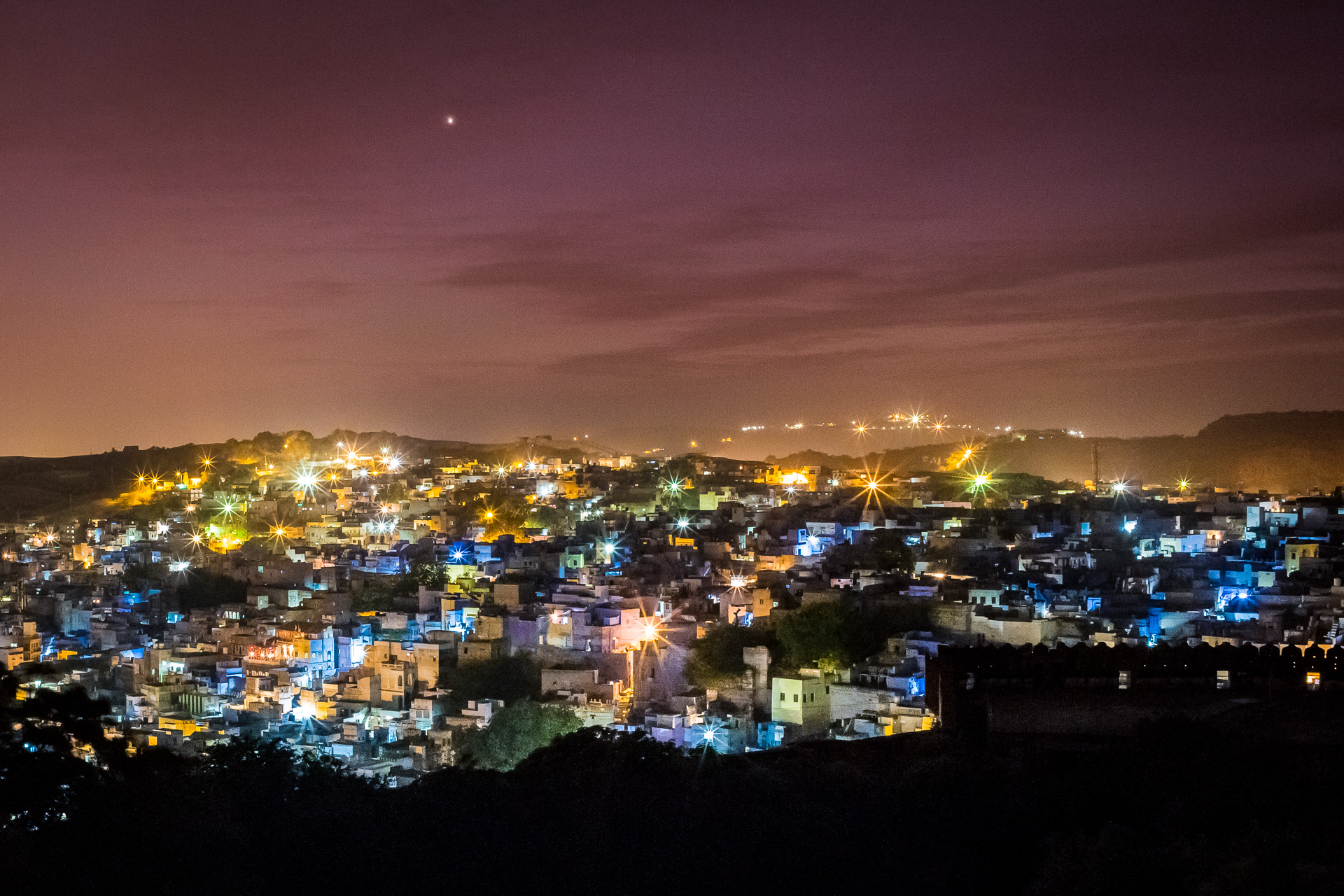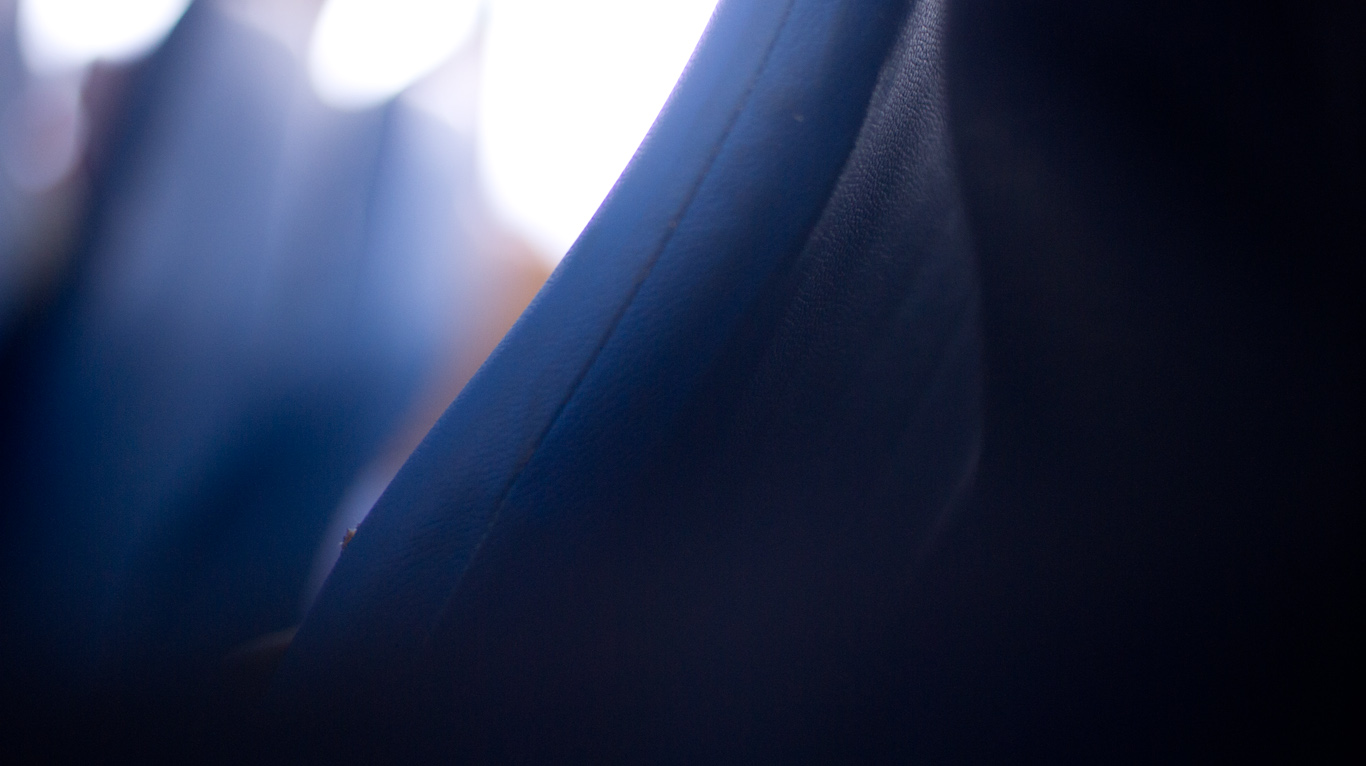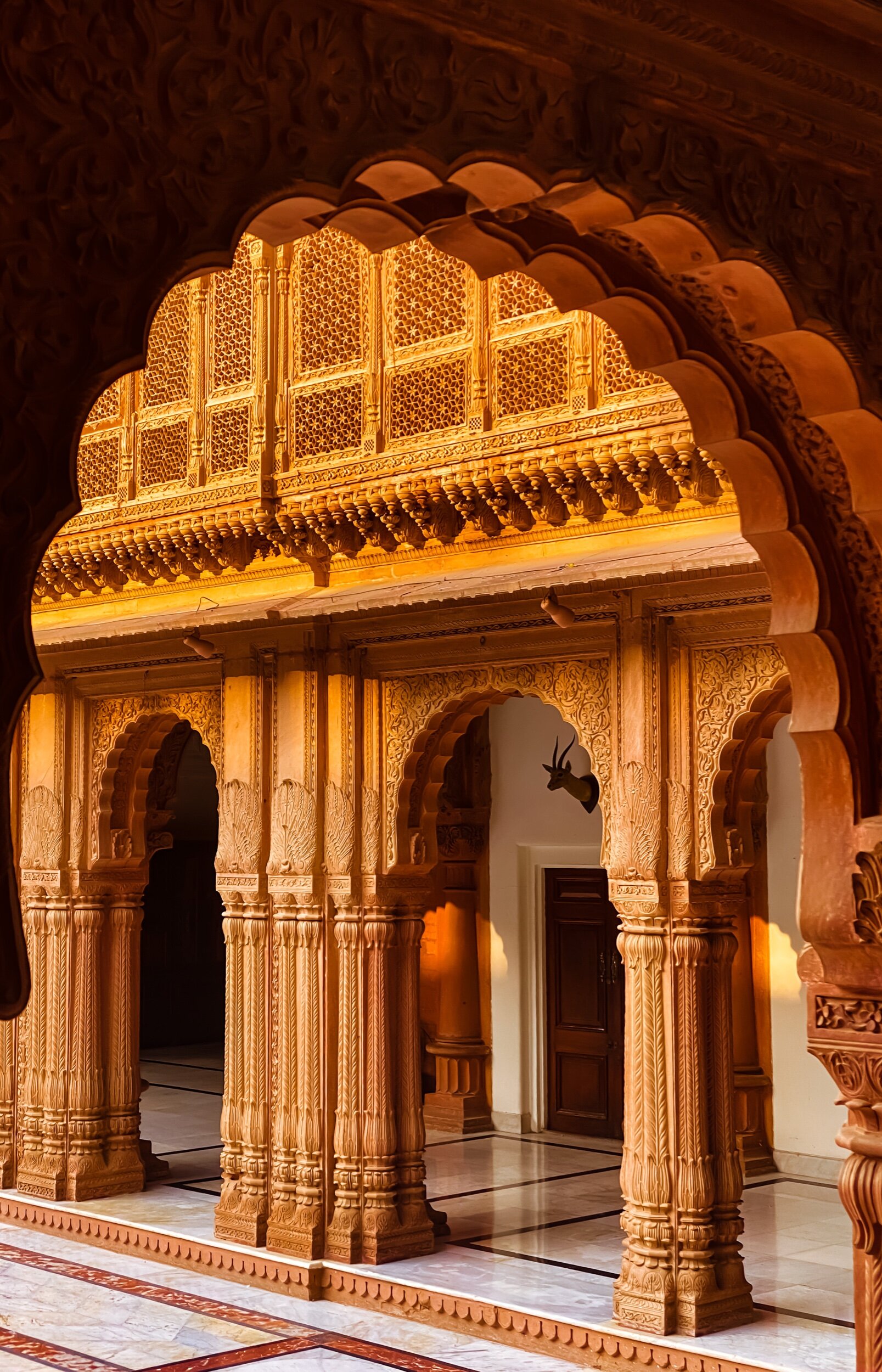Borneo, the everything island.

Southeast Asia and I go back a long, long way, all the way back to my first visit to Indonesia in the mid nineties. My father had just begun work in Sumatra, and it was an exciting break from school and country for us to see this part of the world. Over twenty years later, and over twenty visits to Southeast Asia later, I'm familiar with the sights, the sounds, the weather and the food of the region in general: it is distinct and wildly diverse, and I've grown to love it so.
Over time, I've come to appreciate that every state/city in each country in the region has something specifically unique to it: one has great beaches, the other has the hills and the forests, one's got the nightlife, another's saved the best dive sites for itself. Travelling to the region has always meant making tough choices, and picking what you'd like to experience this time at the expense of something else.
In light of this, my visit to the Malaysian state of Sabah on the island of Borneo in mid 2019 with Travel Earth wasn't supposed to surprise me or stun me; I assumed I'd seen everything Southeast Asian and experienced it all already. I imagined we'd see the usual constraints in play, the usual focus on one aspect over the other. Well, here's to being surprised when you least expect it :)
Sepanggar Island, Gaya Bay, and Sabah mainland. Shot on DJI Mavic 2 Pro. Joshua Karthik.
Of wild islands and not-so-wild cities
The island of Borneo, at the southern edge of the South China Sea, is absolutely massive: it’s the largest island in Asia, and the third largest in the world, coming in at over seven times the size of Iceland. It’s divided into three countries: Brunei has 1% of the area, Indonesia has 70%, and Malaysia has the rest. I've grown up hearing of Borneo (or Kalimantan, as it's called in Indonesia), and I was excited to see this wild land of the wind and rainforests.
Wild land? I'll echo the sentiments of some of my fellow travellers on the trip: I wasn't expecting Kota Kinabalu, the capital of Sabah, to be as big or as developed as it is. I imagined a sleepy town on the edge of nowhere, and what I got instead was a city on its way to becoming a full blown metropolis. Cranes rise at the edge of the waterline as skyscrapers go up one rough concrete segment at a time, and shiny new cars rush about busily on multi-lane highways in and out of the capital. If you can travel to Sabah, now is the best time, before the waterfront gets all its convention centres and high-rises all done up.
The Kota Kinabalu City Mosque, whose dome is inspired by the Prophet’s Mosque in Medina, sits in the middle of a man-made lagoon. Shot on the DJI Mavic 2 Pro. Joshua Karthik.
A journey through a portal, in time and in space
Despite all the progress though, Sabah feels like you've travelled through a portal, in time and in space. Part of this has to do with how pristine and untouched everything else feels: the beaches are clean, the water is emerald green, the rivers sparkle in the sun. And part of this definitely has to do with how far the place actually is: flights from Kuala Lumpur on the mainland take nearly three hours to get to the island. Add the five and a half hours it takes to get to Kuala Lumpur from Mumbai, add in transit time and account for delays, and you're looking at a significant investment of time to get there from India.
I flew Malindo Air from Mumbai via Kuala Lumpur, and found it to be competent, clean and efficient. Oh, and the planes had fairly clean windows (see evidence below). There's no entertainment on the KL-KK segment though, so here’s a reminder to keep your iPads and phones charged. Also, if you fly at the right time of day, you just might be rewarded with views of stunning sunsets from the air.
Oh, and the visa! Malaysia has a new e-visa for Indians, called the eNTRI Visa. This is in addition to the eVisa that was already available for citizens of several countries. The major differences are these: eNTRI is for 15 days of stay, eVisa is for 30 days, eNTRI is single entry, and eVisa is multiple entry. It’s easy to apply for, relatively cheap, and is painless: the entire process is online. For most practical travel purposes, all you’ll need is the eNTRI, so get that. And there’s lots of agent websites all over the web, so I suggest you only use the official website for applying for your visa.
Photos shot on iPhone XS Max
Water, water everywhere
I found that I spent a lot of time by the water in Sabah: whether it was just sitting by the blue green waters of Gaya Bay out on Sepanggar Island, or walking on rope bridges that cut across rushing streams at the Mara Mari village, cruising down the river through the wetlands at Weston sanctuary, or bringing in the sunset with friends on the private beach of the Shangri-La resort back in the city.
Here’s helpful links to the places I loved and would recommend:
Sepanggar Island
A short ferry ride across from Jesselton Point is Sepanggar Island, with waters perfect for a spot of snorkelling and diving. There’s water sports past the shallow water snorkellers, and fish and chips and beach chairs if you don’t want to get your feet wet. For first time divers, there’s a simple sea-walk, with diving kits and instructors. Overall, a good way to spend half a day in Sabah, far from the madding crowd.
Kota Kinabalu City “Floating” Mosque
With a dome inspired by Medina’s Prophet’s Mosque, the Kota Kinbalu City Mosque sits pretty in a man-made lagoon in the city. The water’s still, and makes for beautiful reflections of the dome and minarets. You can’t come all the way to Sabah and miss this one, so make sure you get there just as the sun begins to set.
Mari Mari Cultural Village
For an interesting look at the tribal culture of Malaysian Borneo, spend a morning at this village. Situated about 45 minutes away from the city by car, the village manages to make you feel transported into a different day and age. Log-houses sit pretty, and there’s several demonstrations of the way tribal life existed: the way they prepared food and wine, shared meals, and lived together.
Weston Wetland Sanctuary
Oh, and the big one: Weston Wetland Sanctuary is 120 kilometres away from Sabah by road, and is the one place I’d recommend above all else. Absolutely unique, beautiful and worth the trouble of getting there. Visit for the views, the food and the attractions: river cruises, fresh fish, proboscis monkeys, and the firefly forest.
There’s lots more to do in Sabah beyond this, and I’ll point you to Sabah Tourism’s website for this. Terrible photos, to be honest, so just assume real life looks 50x better out there :)
If you’re looking for a tour operator, here’s a shoutout to Baba Tour Borneo (instagram linked here). Ask for Anthony or Roy. Good people. Better banter. Just ask for good cars with lumbar support, though, since you’ll be on the road for quite a while.
Caution: Objects in the mirror are way further away than they appear
The images from this trip, while pretty and all that, lie in one regard: they are moments frozen in time with little regard for the effort it took to reach those points on the map. Distances by road are massive in Sabah, and the points of interest lie far away from each other. Word of advice: travel with friends you’d want to be stuck in a car with for hours on end.
Rain clouds touch down over the rainforest in Sabah, Shot on DJI Mavic 2 Pro, by Joshua Karthik.
Photos shot on iPhone XS Max
Many experiences. One island.
If you play your cards right, and if you plan your trip well, Sabah has enough to keep you engaged: I spied resorts out in the water that rival the best that Southeast Asia has to offer, there's treks and things up mountains and across rivers and riverbeds, night skies that are packed with stars, orangutans to visit and feed, rainforests to hack your way in and out of, wetlands to cruise through on rickety river boats, and enough beaches and crystal clear water to satisfy all the snorkellers and divers out there. Oh, and there's night markets to spend time at, once you tire of the roaring nightlife in the city.
In the end, here's one way of looking at Sabah: it's multiple Southeast Asian city and island experiences all rolled into one. Much better bang for your buck, much less needless city-to-city air travel, far fewer tough choices to make; do it all in one place, on the everything island.
————————-
Post Script
If there's one enduring image I'd like to leave you with of the place, it's the one that follows. I was flying my trusty drone over the swampy marshland of Weston, a hundred and twenty kilometres from Kota Kinabalu, trying to frame the rivers that cut through to the horizon. I spotted a low lying formation of clouds, and began to track it as it moved south. All of a sudden, it began to rain, and a sliver of a rainbow appeared at the edge of the cloud. And I was there to see it.
Rainbows, rainclouds, wetlands, rivers. Shot on the DJI Mavic 2 Pro, by Joshua Karthik.
This here will be how I'd like to remember Sabah, as a land wild and untouched, a place the winds and the rain call home.
Footnotes
1. Thanks to Tourism Malaysia, Sabah Tourism, and Travel Earth for the visit. I honestly think Sabah Tourism should work on their website, though, and maybe license photos from the photographers who visited the island :) You can reach me at instagram.com/joshuakarthikr
2. Lobster, crab, and seafood in general is rated highly. I somehow managed to miss all of these, and if I ever visit again, I know what I'm ordering.
3. The waterfront area in town is where the action is at once the sun goes down. Plan on ending your days there with a table by the water.
Joshua Karthik is the co-founder of Stories by Joseph Radhik, India’s internationally renowned wedding photography firm, and has co-founded PEP. He is also an award-winning photographer, with wins at PX3 Paris, Tokyo Foto Awards and more. You can find him on Instagram and at Linkedin.






